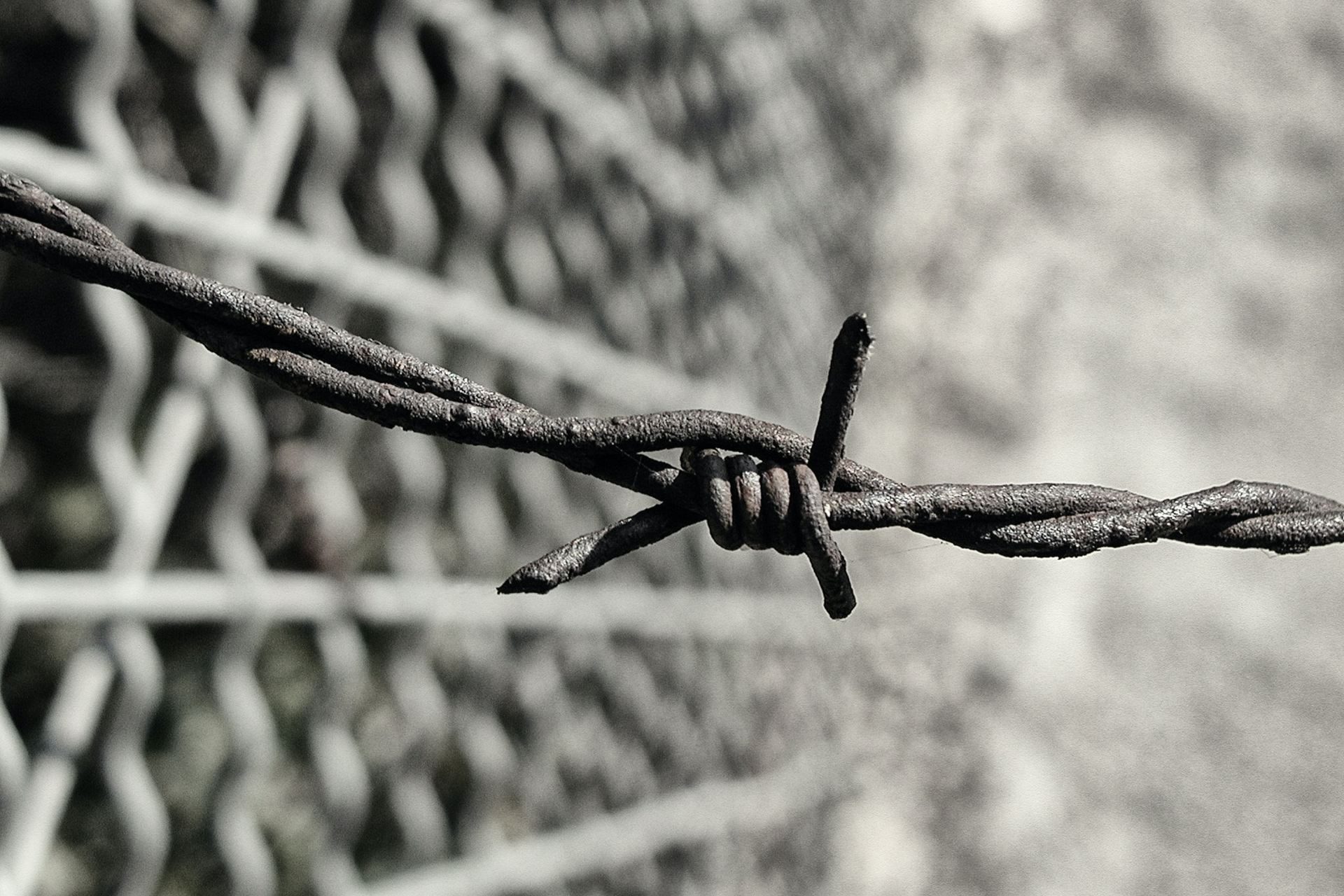By Maya Goodfellow.
In June 2022 Maya Goodfellow was the discussant for our public lecture ‘Are immigration controls racist? Lessons from history’ by Nandita Sharma. Here we publish her response to Nandita’s lecture.
On the evening of 27th June 2022, they were found on a sideroad in Texas. Fifty-three people in the back of a scorching-hot van. Some of their screams alerted a nearby worker to the abandoned vehicle, which had been left on the side of the road. It was here that they had died – pulled up alongside a railway line and next to Interstate 35, which stretches from a town near the Mexican border right up to the north, close to Canada.
Three days prior, over 5,000 miles away, after ongoing police harassment, 23 people died trying to scale the iron fence that separates Morocco from Spain, many killed in the crush to get over. And 3,000 miles away from here, since the start of the year, 214 people were either dead or had gone missing attempting to cross between Afghanistan and Iran.
Across the world, it is a function of borders that people die trying to cross them. And it is one of their functions that people are killed when they are enforced within countries.

The response and the counter-reply to such untold death always manage to miss the heart of the problem. In a well-rehearsed sleight of hand, across Europe and the US, politicians loudly and confidently name one foe: people smugglers. Exploitative and violent though this business is, this logic is deeply misleading. A much smaller chorus point out that it ignores the real culprit, which are border policies. Policies celebrated and applied by those same politicians. Few safe routes of travel, pushbacks and restrictive visa regimes. They may not provide as clear an enemy as the ‘smuggler’, but these are the things that produce death and violence.
Discomfort lurks in this counterclaim too. If you look close enough, you can see where it could lead; discussions over how tough the exclusions are, not the reasons why there are exclusions to begin with. Because ultimately, how useful is a country’s border if it doesn’t exclude in some way or another.
Why, too few ask, is bordering obligatory in the first place? People do not die crossing borders just because of border regimes; there is a machinery and process of legitimation that makes bordering possible. That makes it necessary. This is where Nandita Sharma’s Home Rule (2020) takes us. Our attention, she explains, should be on the nation state. Without looking here, we risk reproducing what we seek to dismantle. ‘From the 1950s,’ she writes:
‘the kind of racism resting on pseudoscientific typologies, the kind that normalized atrocities leading up to and including the fascist holocausts of WWII, was made anathema. People did anything to declare they were not racists. However, just as imperial states were replaced by national ones, postcolonialism was also productive of a new, largely normalized, horizontal form of racism. It is best to call this form of racism postcolonial racism, because it depended on ideas of distinct and separate “national cultures,” each with its own territorial claims’ (Sharma, 2020, p. 279).
The nation state ceases to make sense if it is not anchored in the idea that certain territory belongs to a people; the national-natives are distinct from the migrants. How we relate to nation states is organised by these categories. There is a ‘true people’ and this, she argues, is racially encoded.
However much this analysis might apply to Europe and America, this is not where Sharma focuses her attention. Rather, it is to the formerly colonised. Instead of true freedom in decolonisation, there were demands for national sovereignty. And so a system of nation states was born, where the idea of native – thought to have disappeared with colonialism – has persisted. This is one of the ways claims to sovereignty and rights are grounded. Postcolonialism did not end violent relationships but refashioned them into nationalist subjectivities. Anti-immigration politics is common globally, she shows, including in the so-called ‘poor world’.
This is where the Western left is, arguably, less confident. Used to criticising overtly right-wing, anti-immigrant politics or to challenging liberal nationalism, it shies away from thinking through the ways it supports territorialised, racialised and nationalist politics around the world. This matters because if there is a nation-state there will be an immigration regime, and there will be exclusion.
But there are still questions we must ask: what does the ability of certain migrants, nationalities or racial groups to become ‘part of’ the nation, even if in a precarious way, mean for how we might understand race? Not all groups experience bordering in the same way or continue to experience it in the same way across time, and not all of this maps neatly onto race as a physical identifier.
And perhaps most obviously: what is our way forward?
By spotlighting the nation state, Home Rule gives us an important step to answering this – encouraging us to think about how to create another world altogether.

